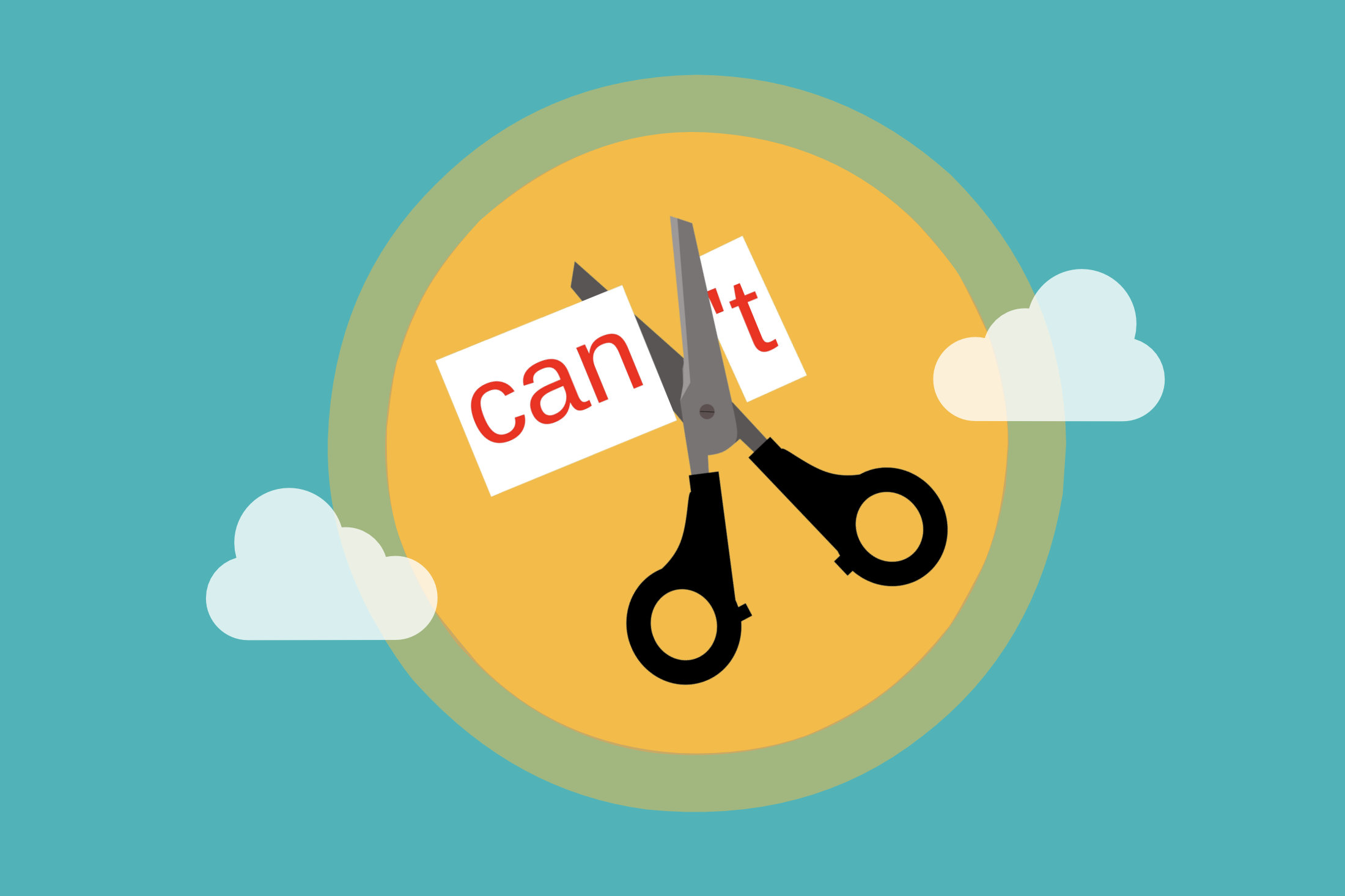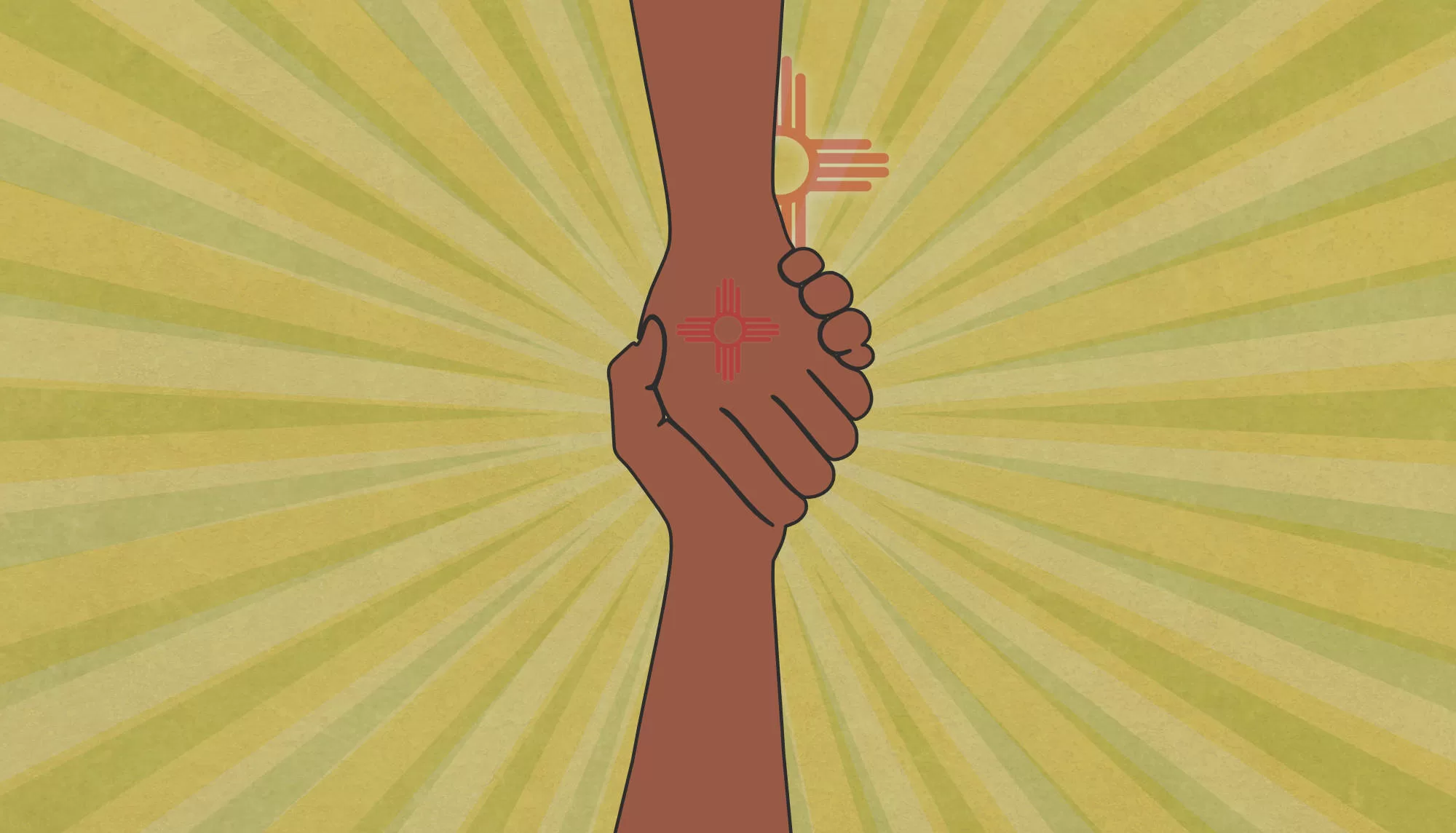We Might Get You an Appointment in 3 Months
What are the barriers to the ten vital services for surviving and thriving and how does the 100% New Mexico initiative remove them?
When any of us have a health problem, the last thing we want to hear is that it might take months to see a healthcare provider. A mom with a sick child does not want to have to convince any health agency that the child is sick enough to merit immediate attention, have to find an expensive “out of network” urgent care entity, or an imposing emergency room with unknown costs. If one is living in rural New Mexico, the barriers might be that most services, from healthcare to food and housing security, might be an hour’s drive away or more. For a working parent, it might be that family-focused services are not open when they are off work.
What our 100% New Mexico survey reveals
We know from our 100% New Mexico county survey that barriers exist in many forms. The barriers may be slightly different, depending on the particular service and the community setting. The following is a list of common barriers associated with ten vital services for surviving and thriving, which includes medical care, mental health care, food security programs, housing security programs, transportation, parent supports, early childhood learning programs, fully-resourced community schools, youth mentor programs, and job training.
Common barriers to vital services
- The service does not exist near me
- Cost
- It takes too long to get an appointment
- I don’t know where to get this service
- I can’t find a provider taking new clients
- Hours of service do not work with my schedule
- Too far to travel
- Unreliable transportation
- I do not qualify for this service
- I feel bad/worried about going
- The service organization does not speak my language
Why service barriers determine your health and more
If you have a good-paying job, own a working car, have stable wifi, and live in a well-resourced community, you would be described by public health experts as living in an environment with positive social determinants of health. This means that your access to quality and timely services will determine the health, safety, education, and overall quality of life of your entire family. The bottom line is that having access to vital services means you and yours not only survive but thrive.
Not having access to services presents many challenges. There are adverse social determinants of health which means you are living without easy access to services. As a result of barriers to services in your community, you, your family, and your neighbors can expect challenges with untreated medical and mental health and substance use disorder problems, more illnesses, injuries, and fatalities resulting in the loss of years of life.
Schools, like health care, are considered a social determinant of health. Families living without access to fully-resourced schools can expect less student engagement in school, lower academic achievement, and higher dropout rates than those communities with fully-resourced community schools that are populated by students and families who have no problem accessing supportive services.
If you wonder how we address every costly social problem in New Mexico, including epidemic rates of adverse childhood experiences and an overburdened child welfare system, look no further than access to services. Timely service access, quite literally, is what gives our children the best chance to survive. To move from being identified in the Annie E. Casey Foundation’s yearly Kids Count Report as the most unsafe state to be a child, to being identified as the safest place, means that all families need to have easy-to-access and affordable vital services.
This brings us back to that public health concept, taking a sober look at the social determinants of health that are deciding the future of every New Mexican child. If one types “social determinants of health” into the National Library of Medicine search engine, up pops 3767 results, while a search for the “Social determinants research articles” in google scholar will provide 4,160,000 results. We have decades of science telling us that services matter.
Going from adverse to positive
The good news is every community can transform the adverse social determinants of health into positive ones by replacing barriers to ten vital services with accessible service organizations. I am asked almost daily, “What does the 100% New Mexico initiative actually do?” I respond, “We’re making sure that every child and family can thrive by living in a well-resourced community with ten vital services. This means eight-year-olds don’t go hungry, become homeless, or live with parents with untreated mental health challenges.”
I am also continually asked by my university colleagues, “What are the initiative’s measurable outcomes?” I respond enthusiastically, “We are doing what’s never been attempted in the United States: implementing a data-driven collective impact process in each county with local stakeholders who are transforming the adverse social determinants of health into the positive social determinants of health. As a result of our initiative’s investment, we seek outcomes that will show residents being connected to a caring community, along with being healthy, safe, resilient, empowered by the education systems, and job ready.”
We can change (part of) the world
While we can’t take on saving the planet or even the nation, in New Mexico we do have the capacity to vastly improve the lives of our children with a county-focused strategy. Each barrier to our ten vital services has a solution awaiting implementation by a local 100% New Mexico initiative action team. We invite you to turn down the volume of negative and disempowering messages streaming into your phone and instead focus on the positive. Join or start a county-based 100% New Mexico initiative to be part of a groundbreaking statewide movement that is a force for innovation, community-building, and compassion.
Mission: The 100% New Mexico initiative is dedicated to ensuring that 100% of families can access ten vital services crucial for their overall health, resilience, and success. This university-sponsored endeavor necessitates the local implementation of evidence-based strategies encompassing both community and school-based service hubs, aiming to prevent the most pressing and costly public health and safety challenges, including adverse social determinants of health and adverse childhood experiences.
Don’t miss a blog post! Get notified!
The 100% New Mexico initiative is a program of the Anna, Age Eight Institute at New Mexico State University, College of Agricultural, Consumer and Environmental Sciences, Cooperative Extension Service. Contact: annaageeight@nmsu.edu or visit annaageeight.nmsu.edu to learn more.




